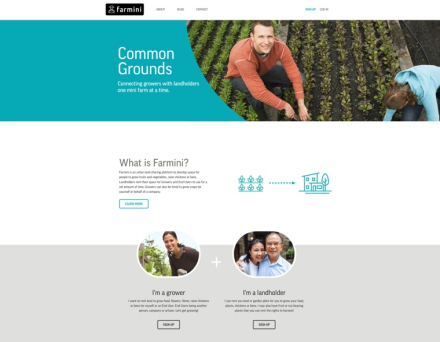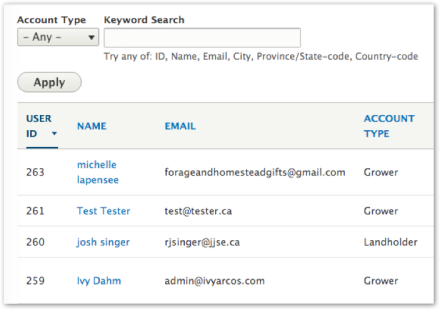
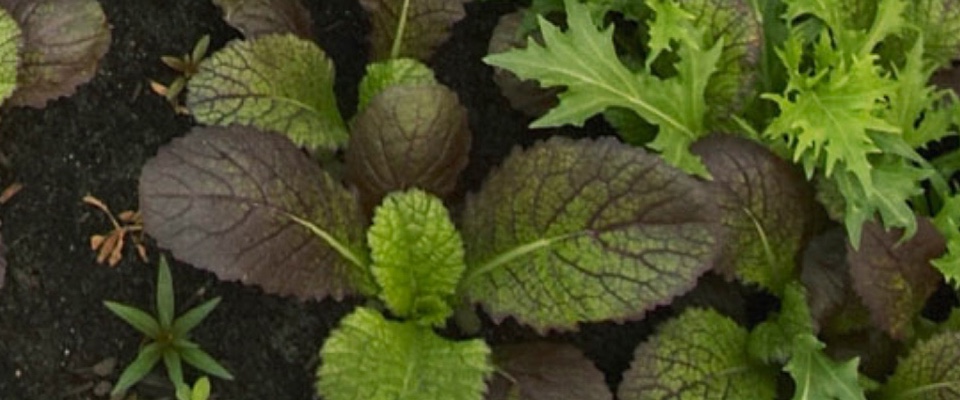
Farmini is a web-based SAAS company that was established with the purpose of linking urban farmers with plots of farmable land in urban areas. The company's main objective is to facilitate the production of fruits and vegetables at a local level, in order to reduce the amount of transportation required for local stores and restaurants to obtain fresh produce. The company's aim is to contribute to the development of a more sustainable food system by promoting locally-grown produce, which not only reduces the carbon footprint associated with transportation but also supports local farmers and businesses. With the help of Farmini's platform, urban farmers can access available plots of land and grow their produce, thus fostering a more sustainable and self-sufficient food system in urban areas.
- eCommerce
- Membership Management
- Brand + Positioning
- eMarketing + Social Media
- Responsive Web Application
The objective of this project was to develop a web application that would enable urban farmers to easily access available plots of land and manage their farming operations efficiently. The platform will provide a range of features, including a search function for available plots of land, tools for managing planting and harvesting schedules, and a marketplace for selling produce directly to local stores and restaurants.
The scope of this project included the development of a web application that will be accessible via desktop and mobile devices. The application would be built using the Drupal framework and would include a responsive design that is optimized for a range of devices. The platform also needed a back-end system for managing user accounts, plot listings, and other key features.

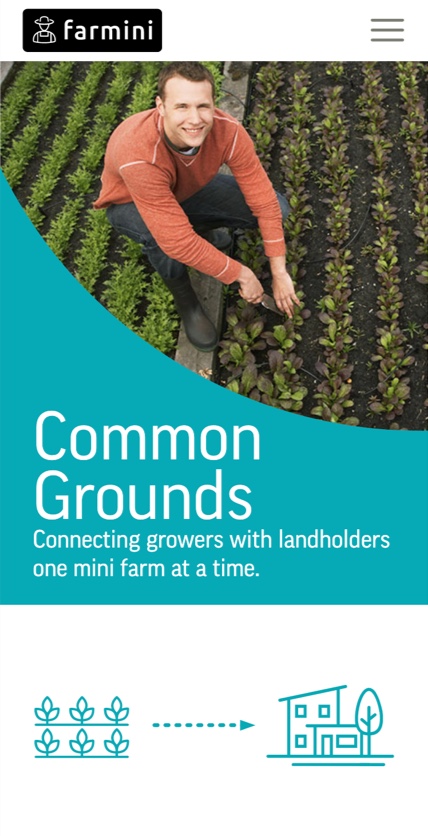
Key deliverables for this project were a fully functional web application that met the technical requirements and functional specifications agreed upon by Tugboat and Farmini. The application would be thoroughly tested and deployed to a production environment, ready for use by urban farmers and other stakeholders. Tugboat would also provide comprehensive documentation, including user manuals and technical documentation, to support ongoing maintenance and development of the application.
In the development of the Farmini web application, the technical design process involved evaluating various development frameworks to determine which one would be best suited for the project requirements. The project required a framework that was flexible, scalable, and capable of supporting the development of a robust, feature-rich web application. After evaluating several options, Drupal was selected as the development framework for the following reasons:
-
Flexibility: Drupal is an open-source content management system that provides a high degree of flexibility in terms of customization and development. The platform can be extended with a wide range of modules and plugins, making it a good choice for developing complex web applications.
-
Scalability: Drupal is designed to be scalable, meaning that it can handle large amounts of traffic and data without sacrificing performance. This is important for a platform like Farmini, which is expected to grow rapidly as more users and farmers join the platform.
-
Community support: Drupal has a large and active community of developers and users who contribute to the development of the platform. This means that there are a wealth of resources available for developers working with Drupal, including documentation, forums, and user groups.
-
Security: Drupal has a strong focus on security, with built-in features for securing user data and preventing unauthorized access. This is critical for a platform that will be handling sensitive user information, such as personal and financial data.
-
Modular architecture: Drupal's modular architecture allows developers to create custom features and functionality by building and integrating custom modules. This approach provides a high degree of flexibility and allows for easier maintenance and future development.
Overall, the technical design process led to Drupal being the selected development framework for the Farmini web application due to its flexibility, scalability, community support, security, and modular architecture.



Wireframes and prototyping were leveraged ahead of code development for the Farmini web application in order to ensure that the final product met the functional requirements of all use cases, and to minimize the risks of costly and time-consuming changes later in the development process. There are several key reasons why this approach was taken:
-
User-centered design: By starting with wireframes and prototypes, the development team was able to focus on the user experience and ensure that the application would meet the needs of its users. This approach allowed for user feedback to be incorporated early in the development process, resulting in a more user-friendly and intuitive application.
-
Cost savings: Making changes to wireframes and prototypes is significantly less expensive than making changes to code. By investing time and effort in the wireframing and prototyping phase, the development team was able to identify and address potential issues early in the process, saving time and money in the long run.
-
Reduced development time: By starting with wireframes and prototypes, the development team was able to clarify the functional requirements for the application upfront, which helped to streamline the development process. This approach also allowed for parallel development work to be carried out by different team members, increasing overall efficiency.
-
Iterative approach: Wireframes and prototypes allow for an iterative approach to development, which means that changes can be made quickly and easily based on user feedback. This approach fosters a collaborative development process and encourages continuous improvement of the application.
Overall, leveraging wireframes and prototyping for all use cases was a strategic decision that allowed the development team to create a user-centered, efficient, and cost-effective development process for the Farmini web application.

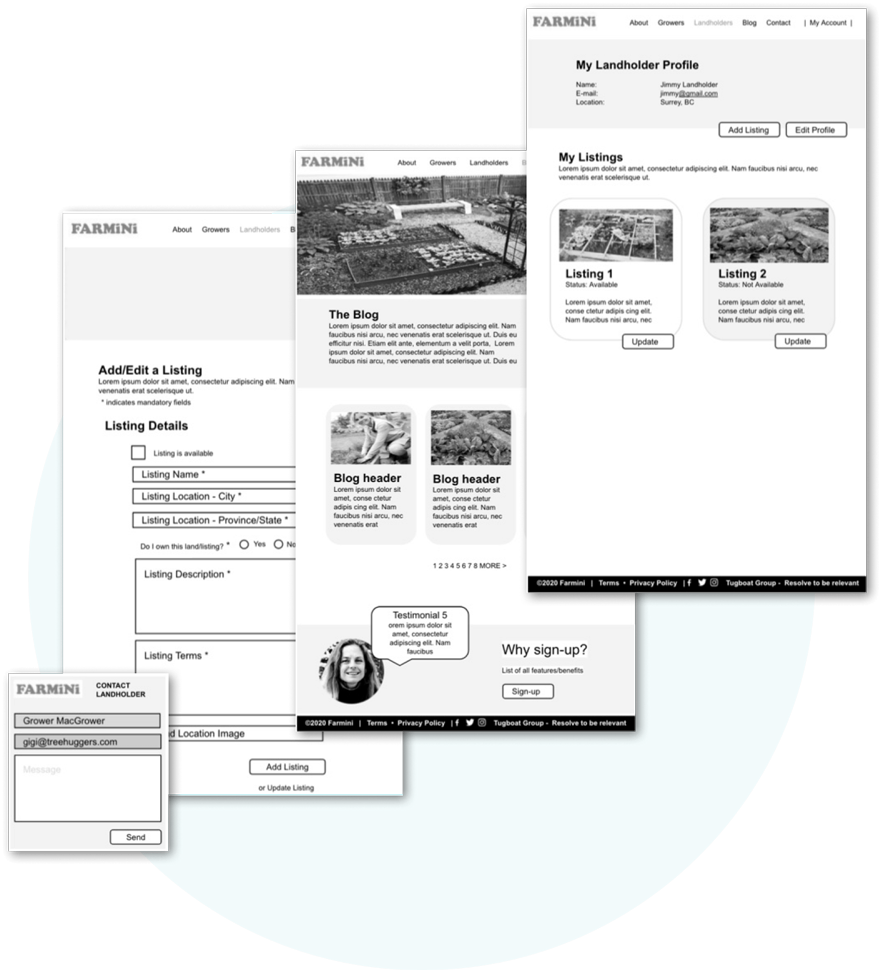
UI design and brand integration were critical components of the Farmini project, helping to create a user-friendly and visually appealing interface that aligned with the brand's values and mission. The UI design was based on the Farmini brand guidelines, ensuring a consistent look and feel that reflected the brand's identity. User research and feedback informed the UI design, resulting in a clean and simple interface that allowed for easy navigation. A clear visual hierarchy was created through the use of font sizes, colors, and spacing to highlight important information and guide users through the application.
The UI design and copywriting were carefully crafted to communicate the brand's values and mission. The design team worked closely with the copywriting team to ensure that the messaging was consistent, effective, and resonated with the target audience. The resulting interface created a memorable and engaging user experience that not only met functional requirements but also embodied the brand's vision.
Overall, UI design and brand integration played a critical role in the success of the Farmini project, helping to create an application that was both functional and aligned with the brand's mission. By incorporating these elements into the development process, the team was able to create an application that not only met user needs but also reinforced the brand's identity and messaging.

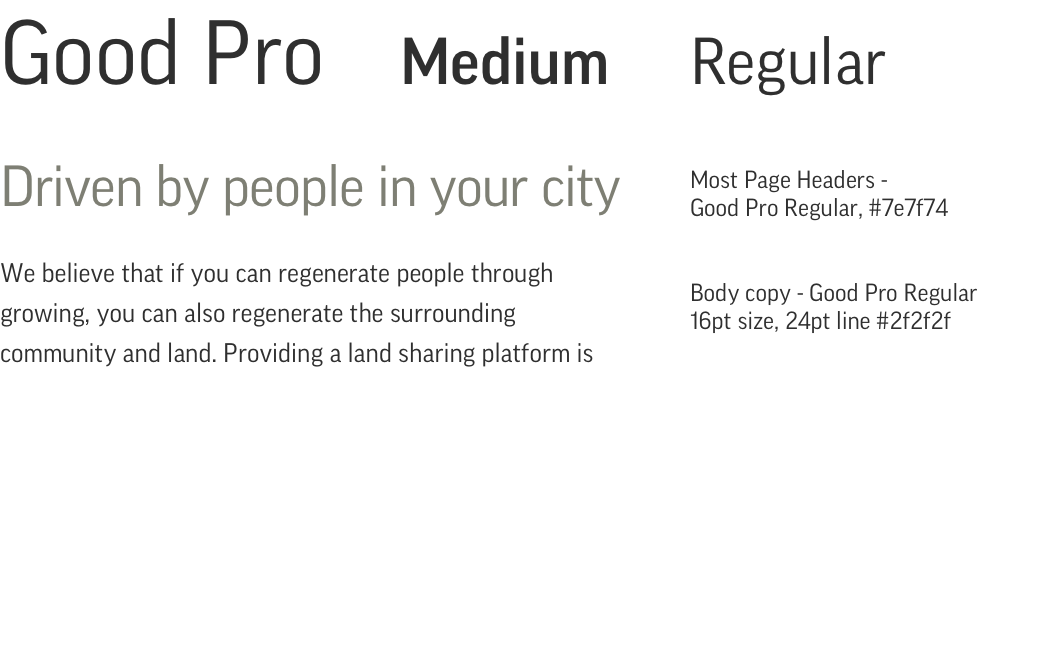
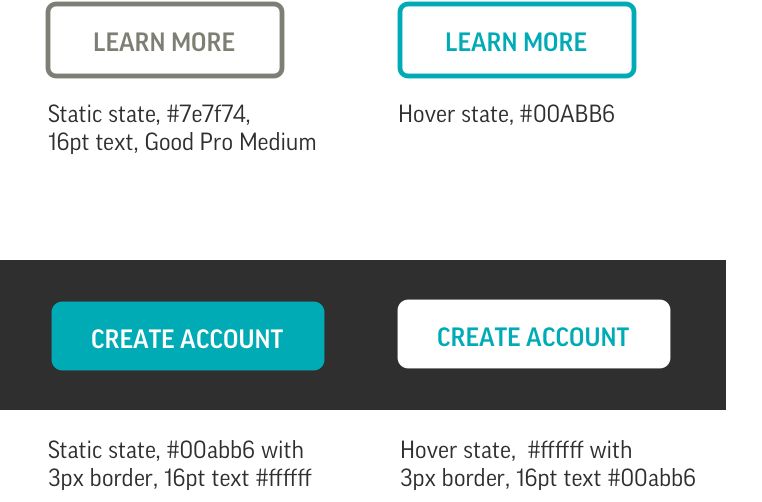


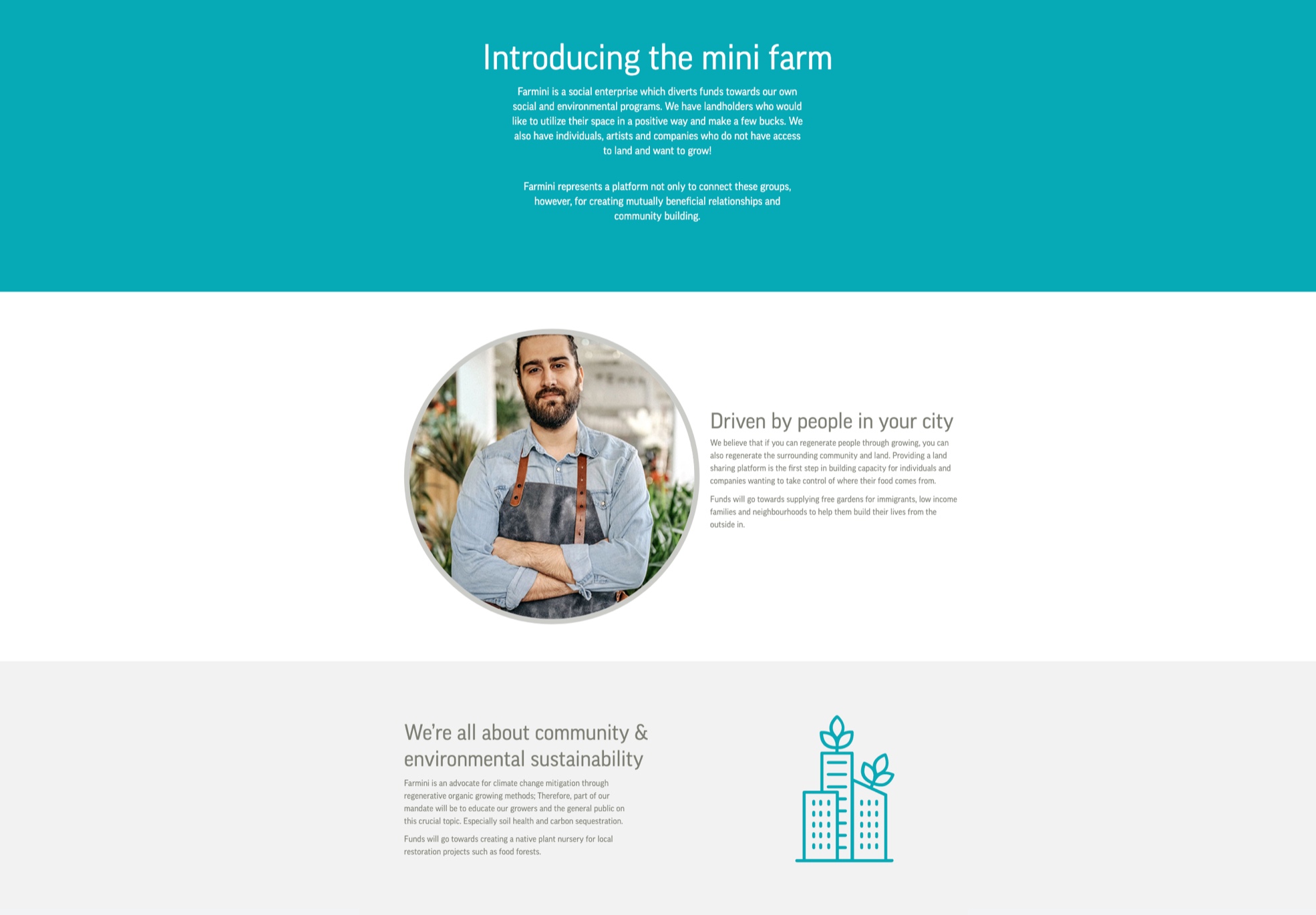

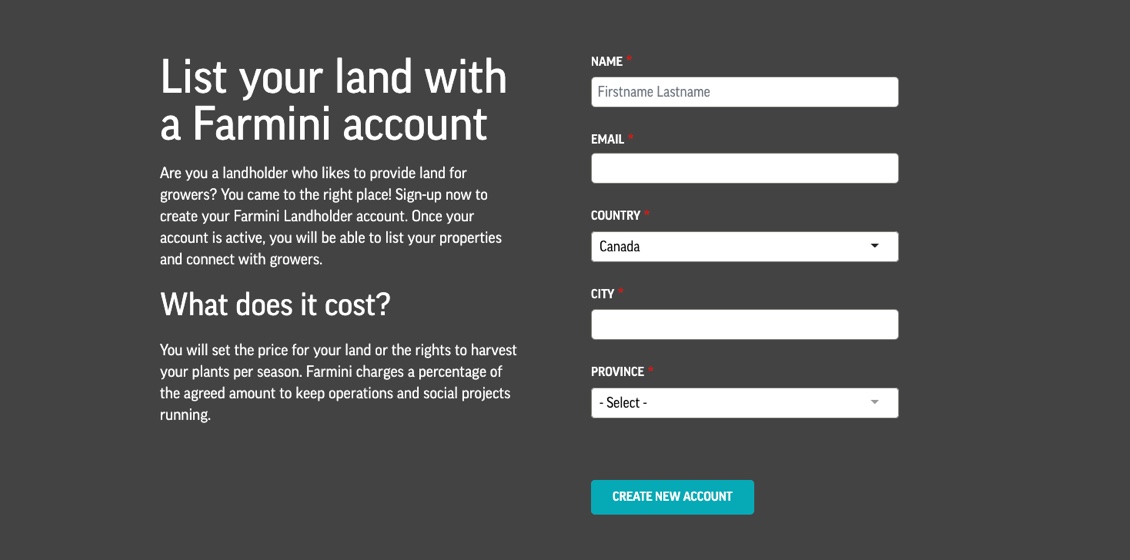
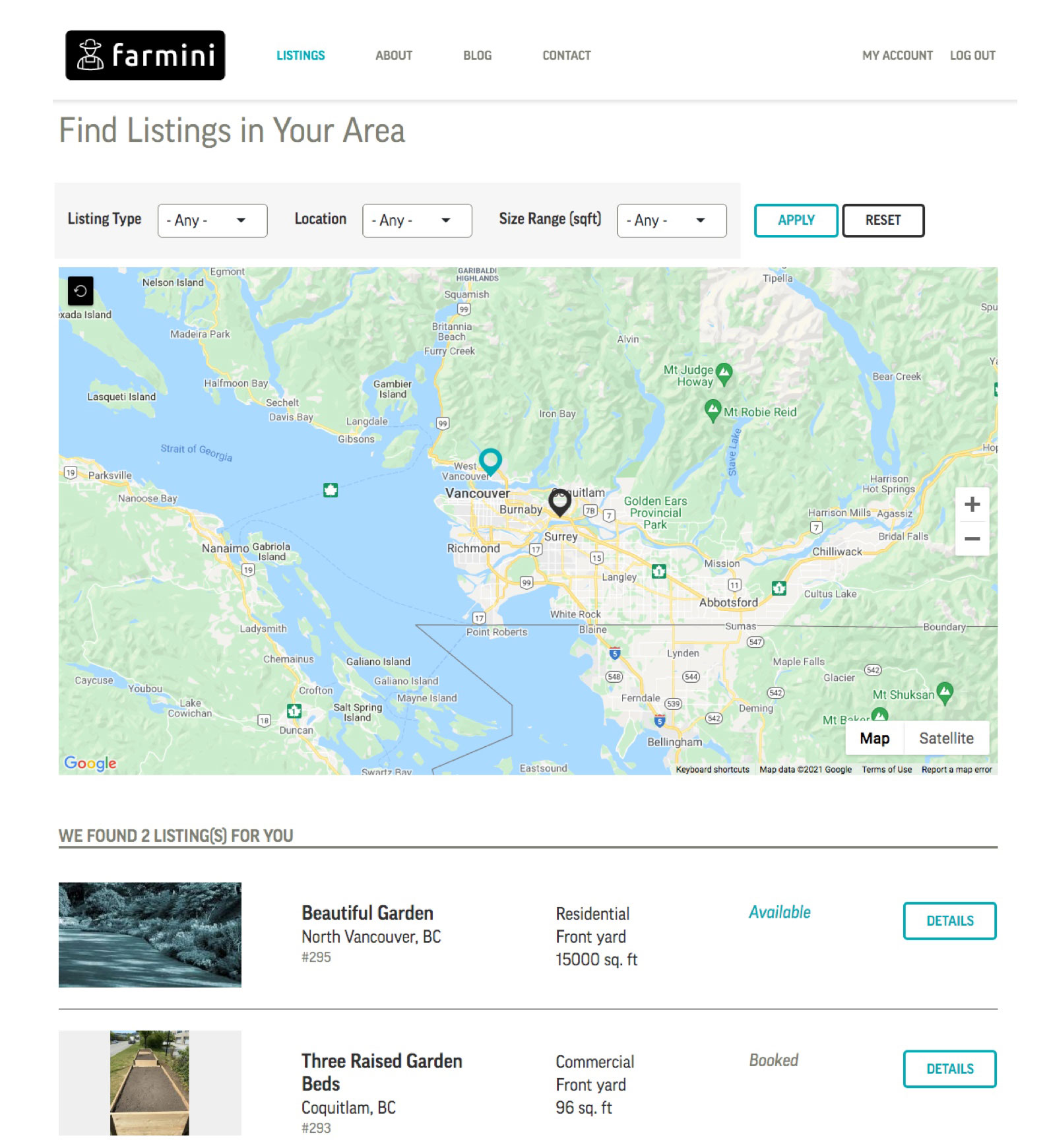
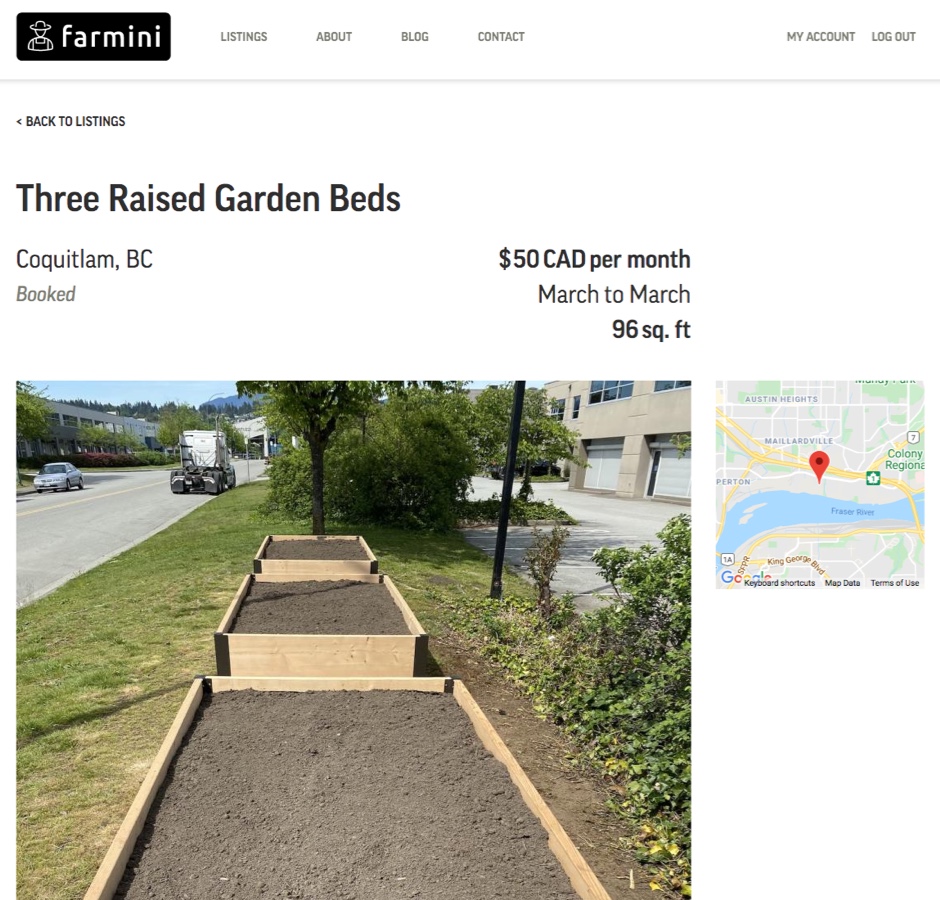


Designing intuitive tools for the client to use in managing the back office of the Farmini web application was critical to the success of the project. The client needed to be able to update and manage content, data, and functionality within the application without needing extensive technical expertise. By designing intuitive tools, the development team was able to empower the client to take ownership of the application and make changes as needed, without requiring extensive support or assistance.
The development team focused on creating user-friendly interfaces that made it easy for the client to navigate and manage the back office. They also provided clear documentation and training materials to help the client understand how to use the tools effectively. This approach helped to reduce the learning curve for the client and enabled them to get up to speed quickly, improving their overall experience and satisfaction with the application.
Easy to use tools for the client to manage the back office of the Farmini web application was critical to ensuring its long-term success. By empowering the client to take ownership of the application and make changes as needed, the development team was able to create a more collaborative and effective partnership that could adapt and evolve as the needs of the business changed over time.

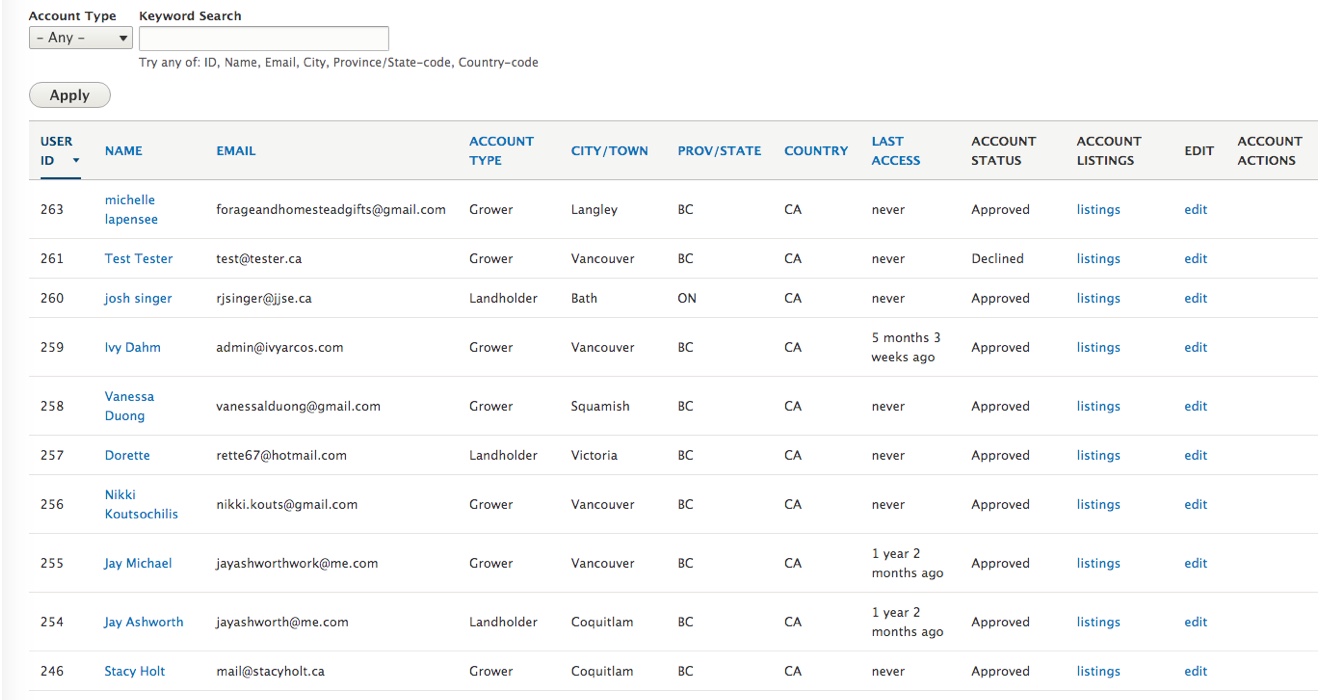
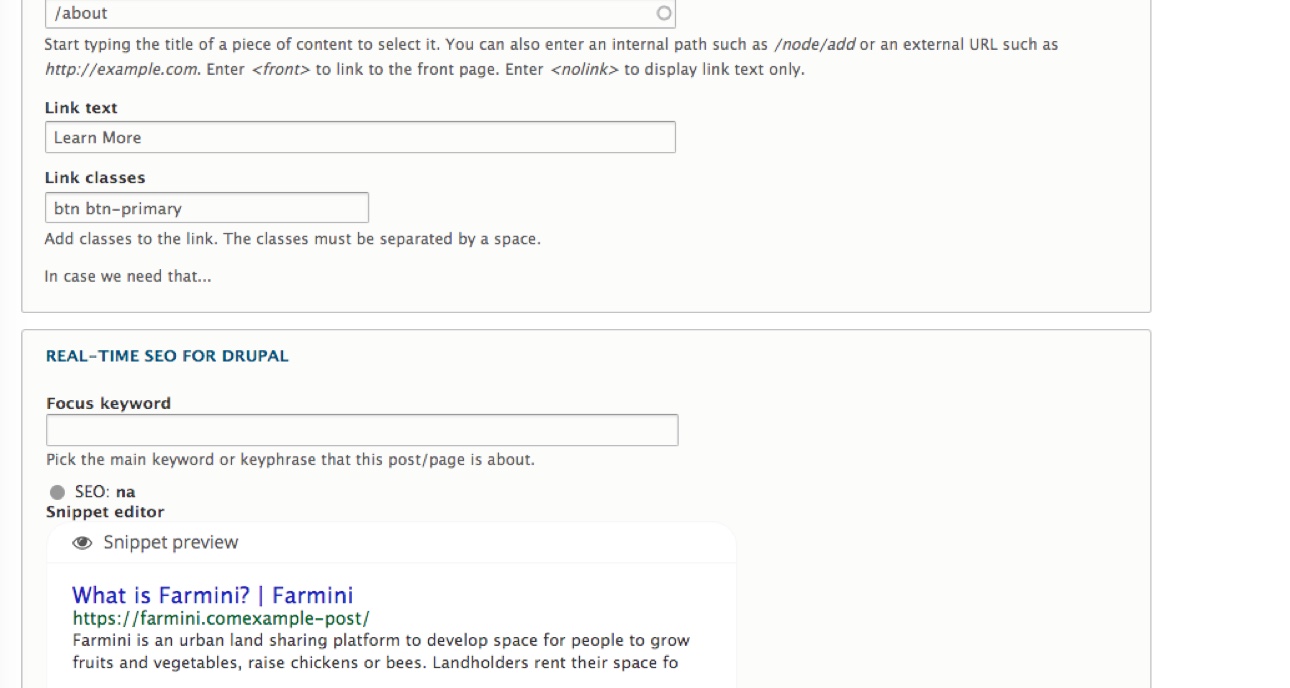
Tugboat provides ongoing maintenance and support to ensure the stability, security, and performance of the Farmini web application. This includes regular updates to the application's codebase and modules, as well as ongoing monitoring to detect and resolve any issues that arise.
To provide ongoing maintenance and support, Tugboat uses a combination of manual and automated tools and techniques. We regularly review the application's performance metrics to identify areas of improvement and ensure that it meets established service level agreements (SLAs). We also conduct regular security audits to identify and address any potential vulnerabilities.
In addition to these proactive measures, we provide reactive support to quickly address any issues that arise. We use a ticketing system to track and prioritize support requests, and their team of experts is available around the clock to provide assistance as needed.
Tugboat's ongoing maintenance and support ensures that the Farmini web application remains up-to-date, secure, and performing optimally. This helps to minimize downtime and data loss, while also providing the client with the peace of mind that their application is in good hands.


The Farmini website provides a comprehensive look into our development process, including the tools and resources we use to deliver value to our clients. We are thrilled to share our work with you and welcome your feedback on the website. So, feel free to explore and discover how we are shaping the future of agriculture.
Let's talk about your web development application or product.
